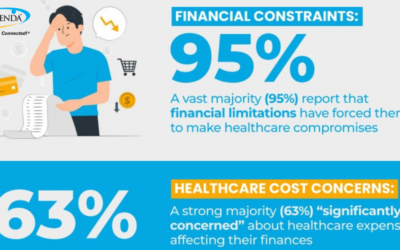I just returned from a journey to Indonesia and Nepal. Being a geriatrician I naturally seek out elderly people, attempt to learn about their role in society and the services and supports available to them. I have been to Nepal over 20 times but Indonesia was a new destination for me. There are many differences between these two countries. European countries colonized Indonesia for over 400 years before it became independent in 1945 after WWII. Nepal on the other hand escaped colonization despite the British presence in nearby India for over 300 years. Indonesia’s population is largely Muslim while Nepal’s is mostly Hindu. Indonesia is surrounded by the sea and is vast with over 13,000 islands and a population of 250 million. Nepal is tiny and landlocked with a population of 28 million. Despite these many differences the two countries share the way they view, value, revere their elders. Traditionally family and group values are paramount in both countries in contrast to the primacy of the individual in the West. Social structures, relationships and culture are changing in both countries as development and modernization move forward. I will limit my reflections and observations to Nepal because of my many visits there over the past 25 years.
For centuries nuclear and extended families have been strong in Nepal and almost universal. Relationships among family members are interdependent and the parent-child bond is well defined and very close. This is especially true for sons who are expected to care for their aging parents with whom they usually live. Grandparents are expected to provide childcare and their opinions are seen as very important. Senior living options, as we know them in the U.S. are non-existent. The government’s only home for the elderly is in Kathmandu, a city of 2.5 million people. Numbers are hard to come by but only about 200 older people live at this one home where Mother Teresa’s sisters provide nursing services to those in need.
Change has come quickly to Nepal, one of the poorest countries in the world. It has moved from an absolute monarchy to abolition of the monarchy; suffered through 10 plus years of bloody civil war and for the past seven years has been in political gridlock as its leaders attempt to write a new constitution acceptable to the many political factions. Rural development projects funded by other countries have slowed to a trickle; tourism has withered. Fragmentation and dispersal of traditional families and relationships are accelerating.
Technology and communications have played important roles in accelerating Nepalese society transformation. Twenty-five years ago most of Nepal lacked electricity and most people were largely unaware of the outside world. In contrast, today cell phones and the Internet are widely available bringing exposure to Western values, which seem to have been quickly embraced. Demographic shifts are occurring as young men in search of work and city life are leaving the villages, where 85% of elderly live. More than 2 million Nepalese, mostly men, are working abroad. As a result of these changes, more and more elderly in Nepal are living alone without traditional family supports. Per capita health care expenditure in Nepal is $36/year compared to $8,900/year in the U.S. Loneliness has become epidemic for these elders especially those in rural areas. The lack of alternative living situations and minimal health care compound the problem.
Each time I return to the U.S. I am reminded about the rich resources we have to address our national aging challenges. We never seem to have enough money or people to address them but in comparison to most places in the world we are awash with resources. It’s not perfect by any means but for elderly people with or without family supports there are senior centers, congregate meals, senior living options, long term supports and services and generally good quality medical care. The challenge is to leverage our resources efficiently and wisely to support the independence of as many of the elderly as possible to end the three plagues affecting our elderly which Dr. Bill Thomas identified: boredom, helplessness and loneliness.
The right technology is part of the answer. It is not a stand-alone answer but beautifully complements the hard work, commitment and passion of care partners supporting older people in their efforts to be safe, healthy, active and engaged. What is the right technology? It is technology that achieves desired outcomes, is easy to use by all members of the circle of care, is holistic addressing the multiple factors of independence and quality of life and tackles and solves for the three plagues identified by Dr. Thomas. That is what impels us at Independa to constantly improve our products and solutions to meet the needs of care partners and the organizations dedicated to serving them.
By: Richard D. Della Penna, MD, Chief Medical Officer at Independa, Inc.






